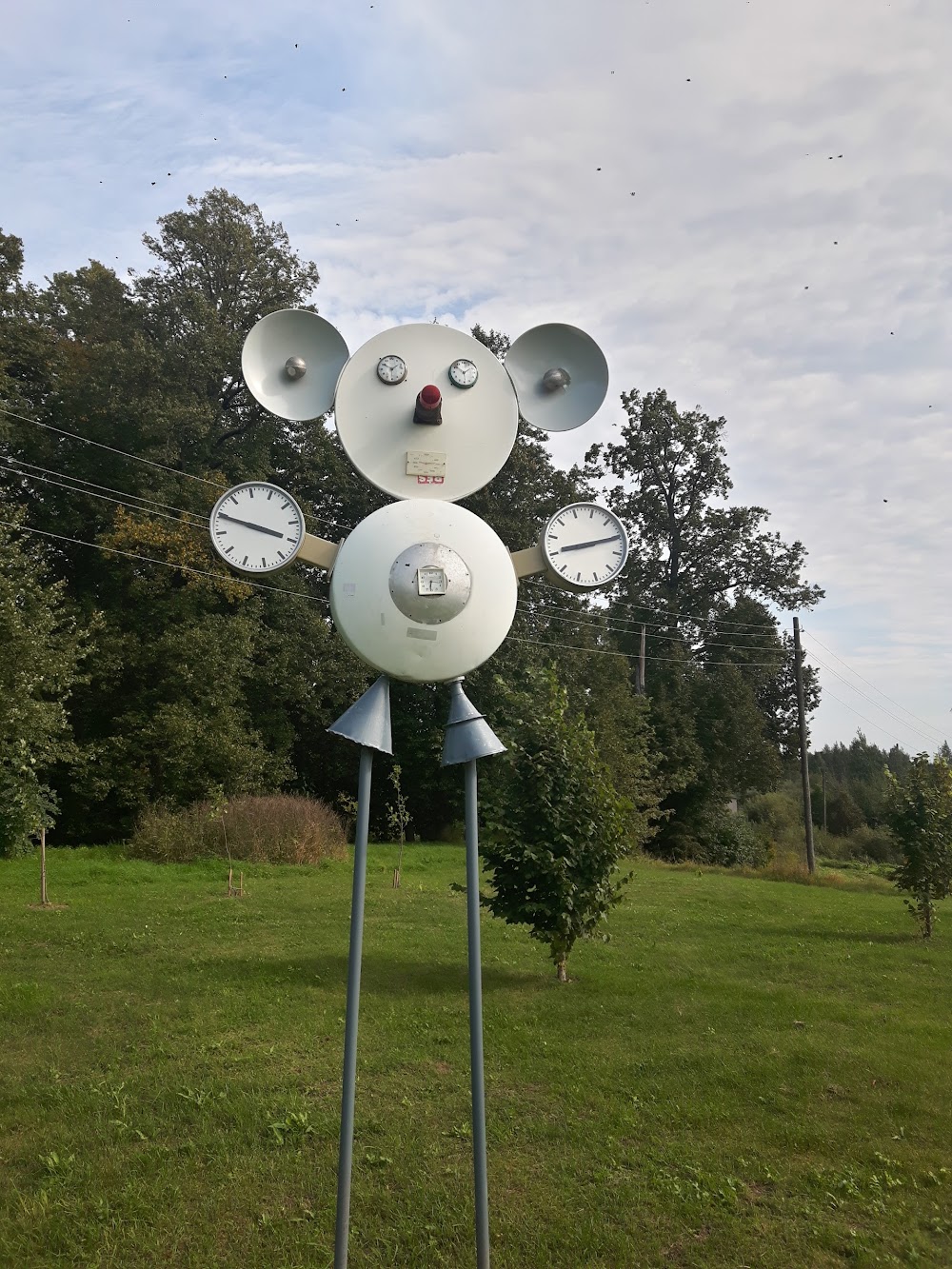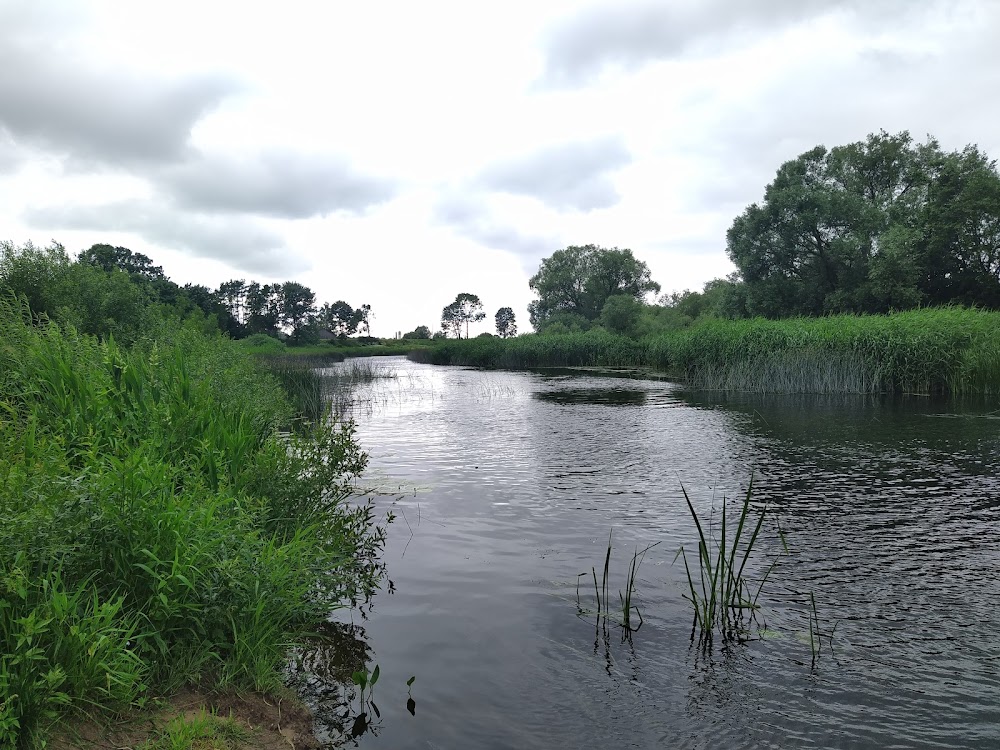Ķoņu Windmill (Ķoņu dzirnavas)
Overview
In the serene **Nīca Municipality** of Latvia, the historic **Ķoņu Dzirnavas**, also known as the **Ķoņu Windmill**, stands as a captivating symbol of the area's rich cultural heritage. This picturesque windmill is not just an architectural marvel; it represents the ingenuity and craftsmanship of those who built it, reflecting the deep-rooted traditions of the local community.
Constructed in the early 19th century, the **Ķoņu Windmill** dates back to 1837, a time when windmills were vital for local agricultural communities. These structures played an essential role in grinding grains into flour, which was crucial for bread-making and fulfilling other dietary needs. The windmill's construction was a communal effort, showcasing the collaboration of local farmers and craftsmen skilled in wood and stone masonry. Together, they brought this remarkable project to life, ensuring it met the needs of their agricultural lifestyle.
Built from sturdy oak and pine, the windmill's design highlights traditional **Latvian architecture**. Its tall, cylindrical tower is topped with a rotating cap that houses large wooden sails. Ingeniously designed to harness the abundant wind energy of the area, these sails would turn the millstones inside when caught by the wind, effectively grinding the grain. The innovative "cap windmill" feature allowed the cap and sails to pivot, ensuring they always faced the wind for optimal performance.
As the windmill commenced operations, it transformed into a bustling hub of activity within **Nīca Municipality**. Local farmers relied on it to mill their grain, and the comforting sound of grinding stones became a familiar part of community life. For many years, the windmill provided a steady supply of flour, while also serving as a social gathering place where neighbors exchanged news and shared stories, fostering a sense of community.
Over the years, the **Ķoņu Windmill** faced numerous challenges. The rise of modern milling techniques in the 20th century led to a decline in its usage. However, local historians and preservationists recognized its value as a cultural monument. They initiated efforts to maintain the windmill and preserve its operational capabilities, ensuring that its historical significance would not be forgotten.
In the latter half of the 20th century, dedicated restoration projects were undertaken to bring the windmill back to its former glory. Skilled artisans meticulously replicated the original materials and construction methods, repairing the wooden sails, refurbishing the masonry, and ensuring the mechanical components were restored to working order. This restoration was not just about preserving the physical structure; it was also about keeping alive the traditions and history associated with the windmill.
Today, **Ķoņu Dzirnavas** stands proudly as a beloved landmark and tourist attraction in **Nīca Municipality**. It offers visitors a unique glimpse into Latvia's agricultural past and the intricate craftsmanship of the era. During special events and demonstrations, the windmill occasionally operates, allowing guests to witness the age-old process of wind-powered milling in action.
To enhance the visitor experience, the surrounding area has been developed with informative displays and guided tours that educate the public about the windmill's history and the broader context of 19th-century milling practices. Local festivals and events are often held at the site, celebrating the cultural heritage of the region and fostering community spirit, much like it did in the past.
The **Ķoņu Windmill** stands as a proud symbol of resilience and tradition. Its enduring presence serves as a reminder to both locals and visitors of the innovative spirit of the past and the importance of preserving historical landmarks for future generations. Through dedicated restoration and community efforts, **Ķoņu Dzirnavas** has not only survived but thrived, embodying the rich history and enduring spirit of **Nīca Municipality**.









